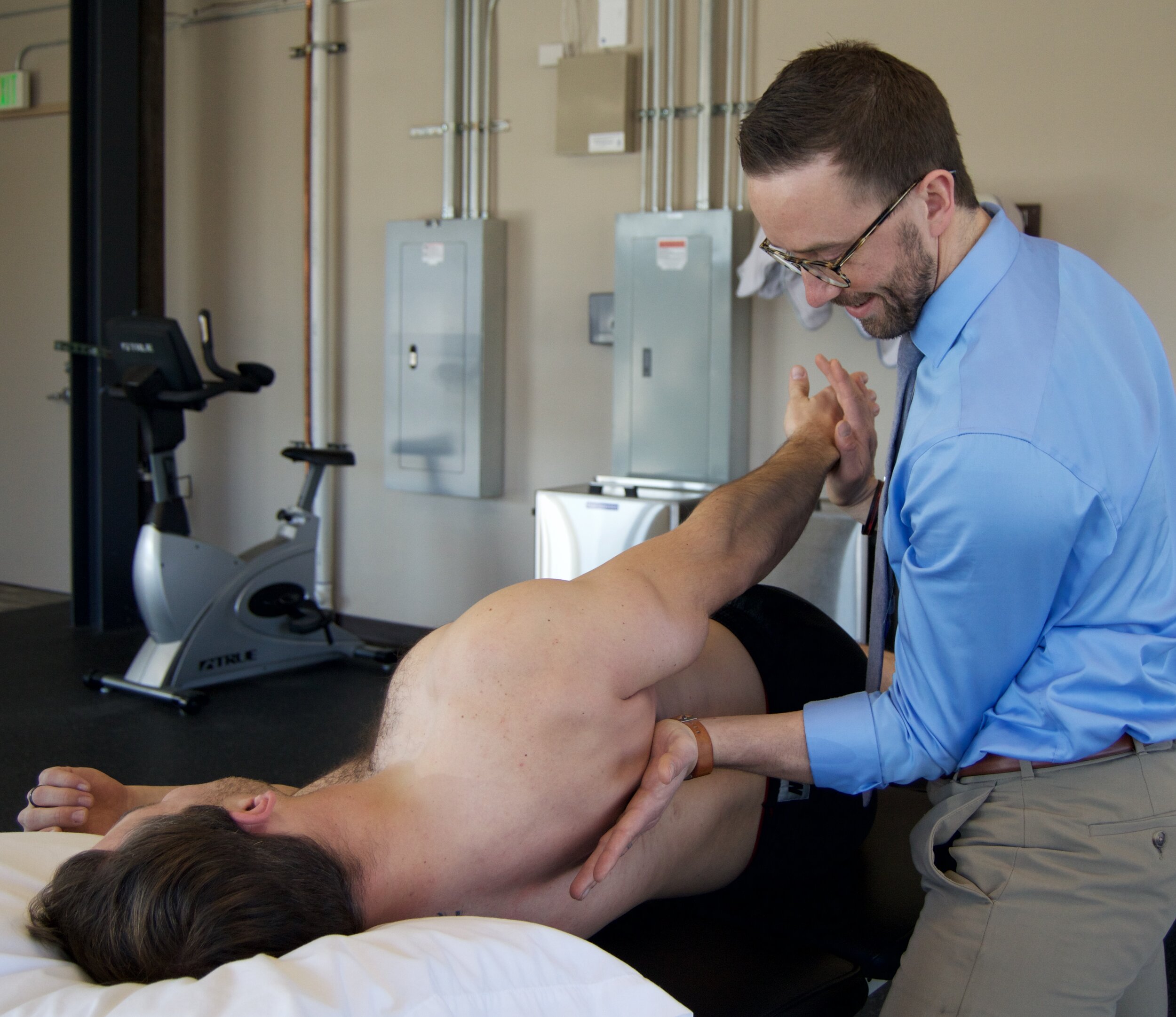Isometrics, muscle contractions without movement of a joint, have been utilized for many decades as a form of strength training and performance, but have recently been highlighted as an effective treatment for tendon pain. In our Boulder Physical Therapy practice, isometrics are helpful to initially load a tissue after surgery or injury, as well as, increase activation in a weakened or range of motion limited muscle. Although helpful in the early stages isometrics should be replaced with isotonic exercises as the tissue or post operative precautions allow. In later stages of recovery, isometrics can still be beneficial due to their ability to improve joint angle specific strength (weak or sticking point) at a lower energy output compared to more fatiguing dynamic isotonic movements. A recent review of the literature reports on the optimal exercise prescription based on the intended goals of the isometric exercise.
Lum and colleagues in the International Journal Of Sports Medicine reviewed the available scientific evidence on the utilization of isometric exercise (2019). Authors reported on the utilization of isometrics for muscle hypertrophy and muscle strength. The optimal dosage for these two targets are listed below. Total duration would be achieved by a given number of repetitions based on selected hold duration per repetition. Importantly, individuals should note the intensity of the contraction required to produce an intended effect.
Muscle Hypertrophy: 70-75% of maximum voluntary contraction (MVIC), 3-30 second duration, and total contraction time of 80-150 seconds per session.
Muscle Strength: 80-100% of MVIC, 1-5 second duration, and total contraction time of 30-90 seconds per session.

